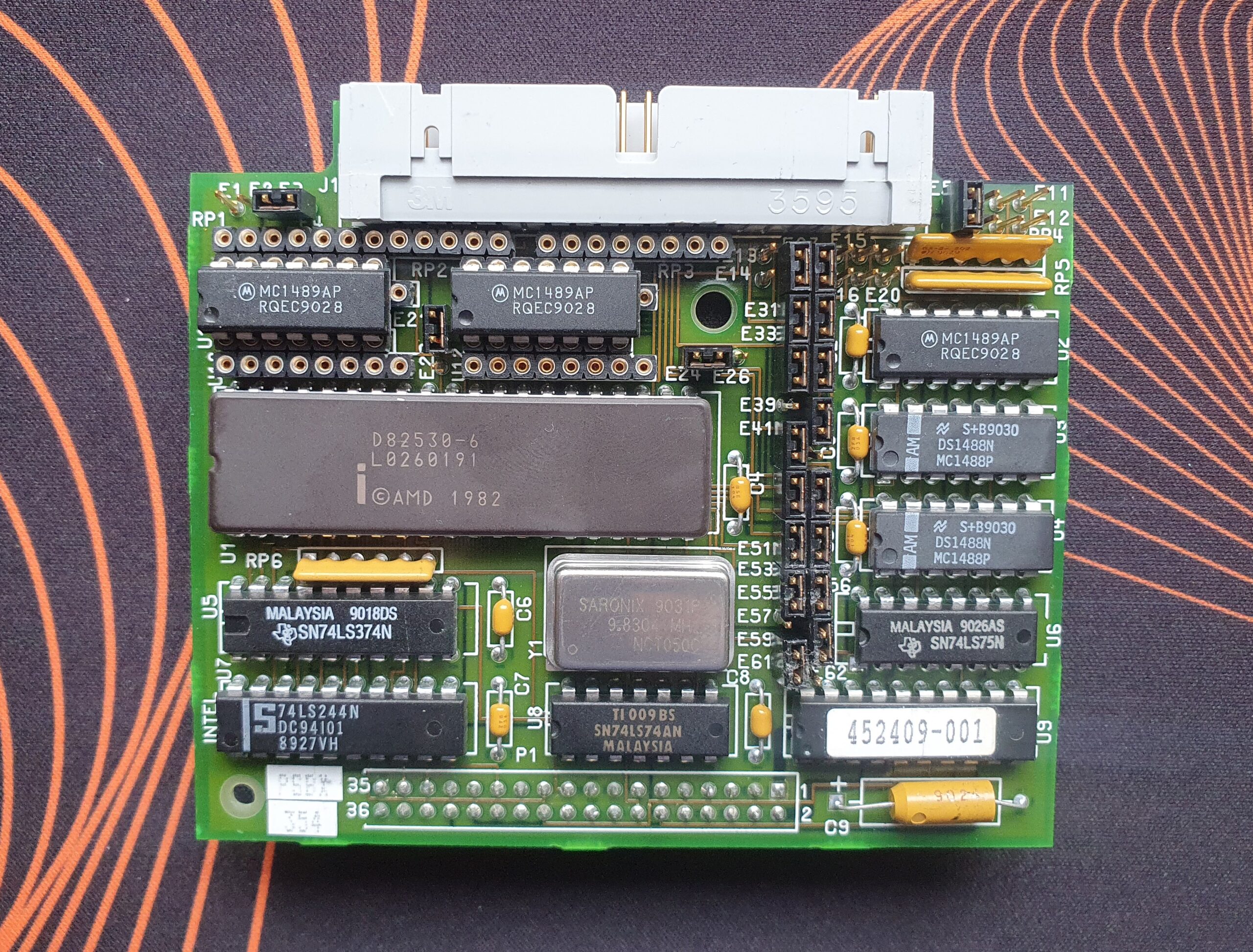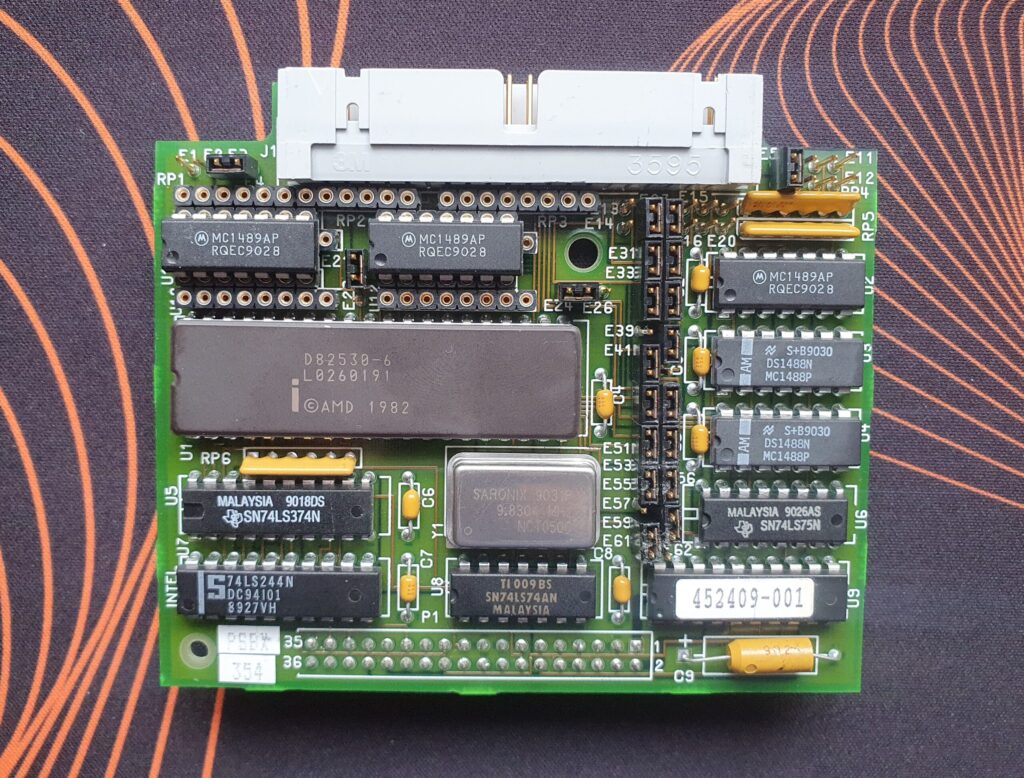The iSBX boards were small, plug-in modules that connected to a larger iSBC system. They were introduced to offer a modular approach to system design, allowing users to customize and expand their computing systems easily. By using iSBX boards, designers could add specific features such as additional memory, specialized I/O capabilities, or enhanced processing power without the need for a complete redesign of the main system board.
The primary advantage of iSBX boards was their modular nature. They allowed for the easy addition and removal of functionalities, making system upgrades and customizations straightforward and cost-effective. iSBX boards were designed to be compatible with the iSBC series, utilizing a standardized connector that ensured seamless integration. This compatibility extended the capabilities of the iSBC systems significantly. Intel produced a wide range of iSBX modules to address various needs. These included memory expansion modules, communication interfaces (such as serial and parallel ports), analog and digital I/O modules, and even coprocessors for enhanced computational tasks. The plug-in nature of iSBX boards meant that they could be easily installed and replaced, minimizing system downtime. This ease of use was particularly beneficial in industrial and commercial settings where system reliability and uptime were crucial.
The iSBX boards found applications in numerous fields, including industrial automation, telecommunications, and data acquisition systems. Their ability to add specialized functions made them ideal for environments that required tailored computing solutions. For instance, in industrial automation, iSBX boards could provide the necessary interfaces for controlling machinery, while in telecommunications, they could offer additional communication ports and protocols.
The introduction of iSBX boards was a significant step towards modular computing. They allowed for a greater degree of customization and scalability in computer systems, which was particularly important as the demand for specialized computing solutions grew in various industries. The modular approach also helped extend the life of the iSBC systems, as users could upgrade and adapt their systems over time rather than replacing them entirely.
The legacy of the iSBX boards lies in their contribution to the concept of modularity in computer system design. They demonstrated the value of a flexible and expandable system architecture, principles that continue to influence modern computing solutions. While technology has advanced and the specific hardware of the iSBX series is no longer in use, the ideas of modularity and system customization that they embodied remain highly relevant.
The Intel iSBX Multimodule Boards were a key innovation in the 1980s, enhancing the modularity and flexibility of computer systems. By providing a wide range of plug-in modules that could easily integrate with the iSBC series, Intel enabled users to customize and expand their systems efficiently. The iSBX boards played a crucial role in various applications, from industrial automation to telecommunications, and their legacy continues to influence modern system design. The principles of modularity and expandability that they introduced are still fundamental to the development of adaptable and scalable computing solutions today.






